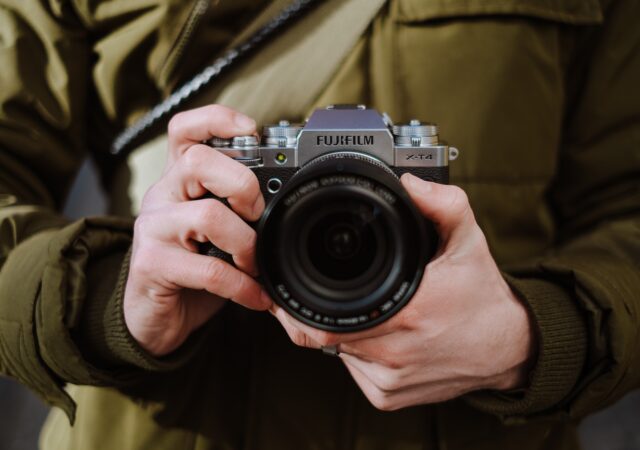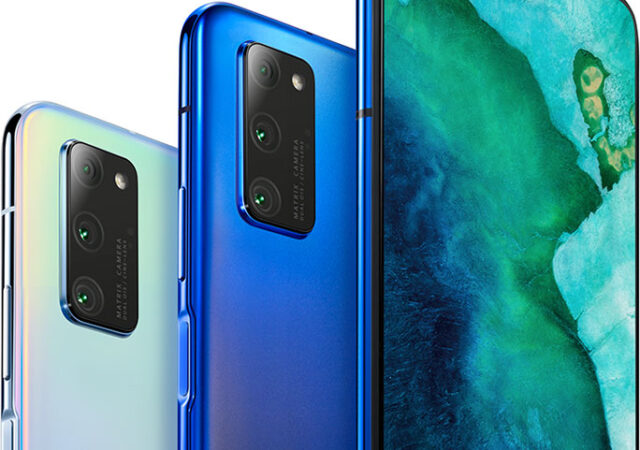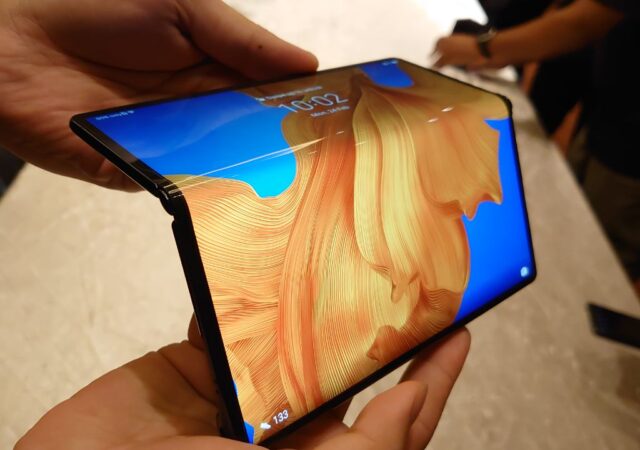FUJIFILM’s cameras have been quite iconic and has been a go to for plenty of hobbyist and professionals alike. Their mirrorless APS-C flagships like the X-T2 and X-T3 proved to be some of the most popular platforms among photographers. There…
HONOR View30 Pro – Creator Grade Videos Made Possible
The HONOR VIew30 Pro is here to replace the HONOR View20 Pro. The new flagship comes with a powerful Kirin 990 SoC ready for 5G connectivity in the future. The device is expected to be available globally March 2020 onward.
The HUAWEI Mate Xs Getting in on The Fold!
The HUAWEI Mate Xs has just launched globally. The new foldable device packs HUAWEI’s HiSilicon Kirin 990 SoC, 8GB of RAM and 256GB of storage. You can use it as a 6-incher smartphone or even an 8-incher if you like. It will be available in select markets globally for EU€ 2,499.
LG Unveils New K Series Smartphones
LG, mainly known for its home appliances in Malaysia, has unveiled three new phones. The three phones will be under the K series line-up consisting of K61, K51S and K41S. All three phones are expected to be available soon later…
Xiaomi Mi 10 Series Unveiled!
Just nine months after the release of their flagship phone and four different products after that, the Chinese manufacturer known for their value-for-money smartphones, Xiaomi is already launching a new flagship phone for the year 2020. New year; new flagship,…
The Korean Triple Threat is Back – The Samsung Galaxy S20 Line-Up Unpacks Today!
In the modern smartphone age today, there are a few launches that is always anticipated within the year. One of them is from Samsung early on in the year. This will be the Samsung Galaxy S line, for this year…








